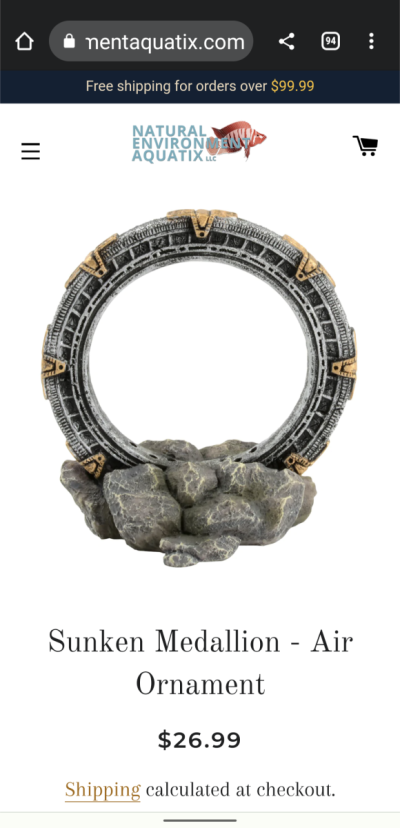Most artificial live rock these days are made from some sort of cement and a calcium carbonate based aggregate, usually aragonite sand or oyster shells. A problem with this is depending on the ratio of aggregate to cement, the rock might not be porous. In order to create pores in the rock, many people incorporate water-soluble salt into the sand-cement mix, and then place the rock in water to dissolve the salt. However, the salt may not necessarily dissolve as the salt grains could be fully encased in the rock with no way of letting water in. The salt might also dissolve in the sand-cement mix, as water is needed to activate the cement. There are also other problems with this method of making artificial rock, such as the unsustainability of creating cement, and depending on what type of cement you use, the posibility of the rock leeching unwanted chemicals into your tank.
To solve the problem of low porosity in artificial rock, I propose an entirely new method of making artificial rock: 3d printing the rock using selective laser sintering. Selective laser sintering (SLS), is using a laser to sinter a (usually plastic) powder together. We can replace the plastic powder with a finer grain sand. To make the 3d printed rock porous, you can either only partially sinter the sand together, or you can mix water-soluble salt into the sand and then dissolve the salt in water. If you mix salt into the sand, you could get the same problem that the cement based rock has: the salt grains might be fully encased in the sintered sand. However, this can be solved if you use both partial sintering and mixing in salt. This method of creating live rock also might solve the issues of using cement being unsustainable, and rocks leeching chemicals into your tank. A drawback of using this method to make live rock is that SLS 3D printers are very expensive. However, DIY SLS printers can be made.
What are your thoughts on this method of making artificial rock? Any suggestions or problems you see?
To solve the problem of low porosity in artificial rock, I propose an entirely new method of making artificial rock: 3d printing the rock using selective laser sintering. Selective laser sintering (SLS), is using a laser to sinter a (usually plastic) powder together. We can replace the plastic powder with a finer grain sand. To make the 3d printed rock porous, you can either only partially sinter the sand together, or you can mix water-soluble salt into the sand and then dissolve the salt in water. If you mix salt into the sand, you could get the same problem that the cement based rock has: the salt grains might be fully encased in the sintered sand. However, this can be solved if you use both partial sintering and mixing in salt. This method of creating live rock also might solve the issues of using cement being unsustainable, and rocks leeching chemicals into your tank. A drawback of using this method to make live rock is that SLS 3D printers are very expensive. However, DIY SLS printers can be made.
What are your thoughts on this method of making artificial rock? Any suggestions or problems you see?




















